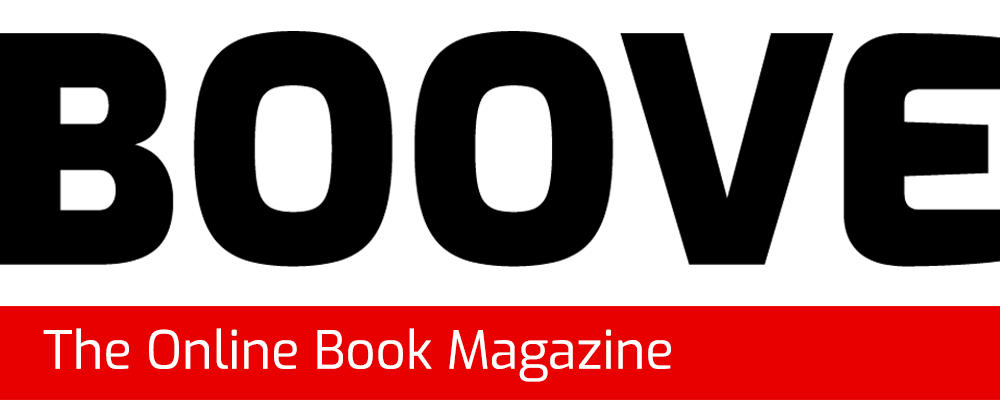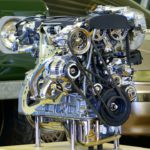Modern Recording Techniques by David Miles Huber
This product was recommended by Don East from Killer Rig Music

This book is the perfect guide for anyone who is interested in audio engineering. It’s an easy read and contains all the standard practices of engineering and producing music. It’s broken down logically into different areas of recording and covers each topic thoroughly with excellent visual representations. Whether you are a professional or a hobbyist, this book will help you understand the key elements of audio engineering and beyond.
Behind the Glass by Howard Massey
This product was recommended by Jaslyn Loftin from J.Lyn Music

Behind the glass is from the perspective of multiple successful people in the field. It’s about the art form of sound and using the technology interface, so you can get your bearing on what you got to do to serve the music. – Lock Lynch
The Sound Reinforcement Handbook by Gary Davis
This product was recommended by Gideon Waxman from Strong Sounds

The Sound Reinforcement Handbook is one of the best books on audio engineering for a number of reasons. First, it is co-authored by Gary Davis and Ralph Jones, two of the most respected names in the industry. Second, the book provides a comprehensive overview of sound reinforcement principles and practices. Third, it includes a wealth of information on new technologies and approaches to sound reinforcement. It is also an essential reference for anyone working in the field of audio engineering. Finally, this book is jam-packed with information on everything from acoustics to microphone techniques, and it’s written in a clear, easy-to-understand style. Whether you’re just getting started in audio engineering or you’ve been doing it for years, this book is a great resource.



